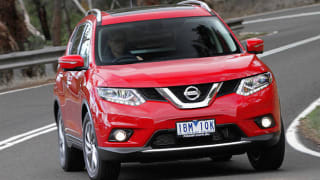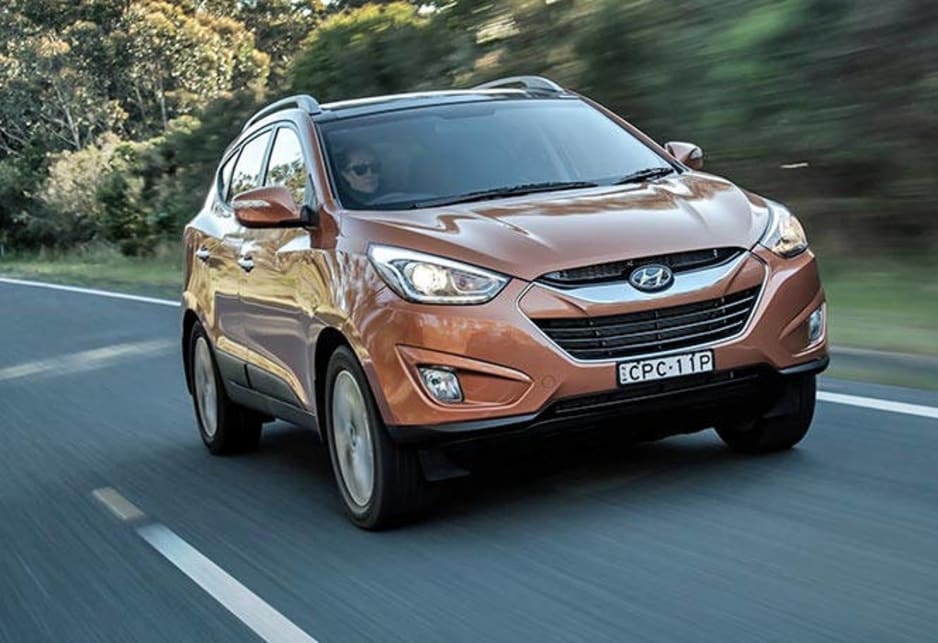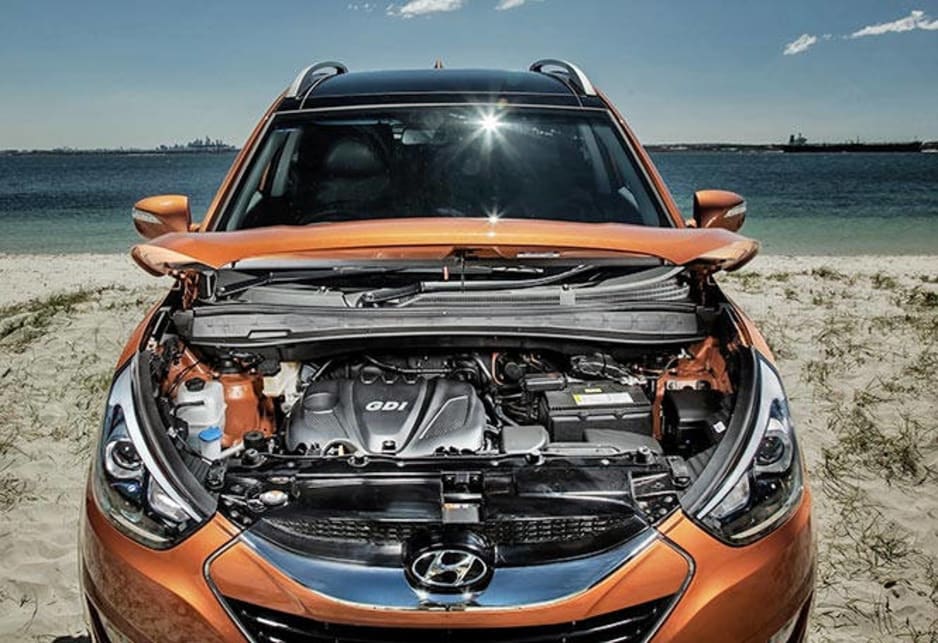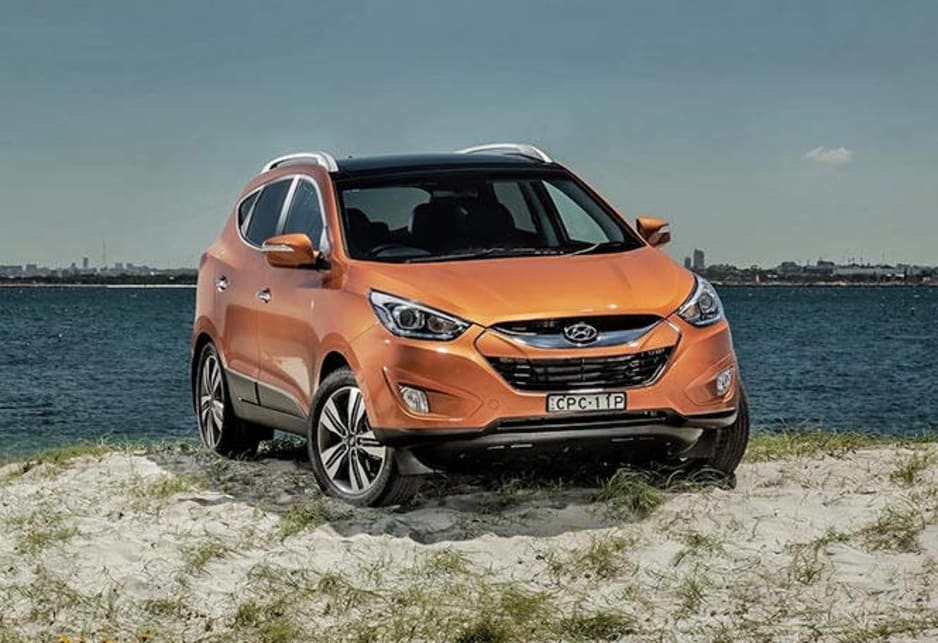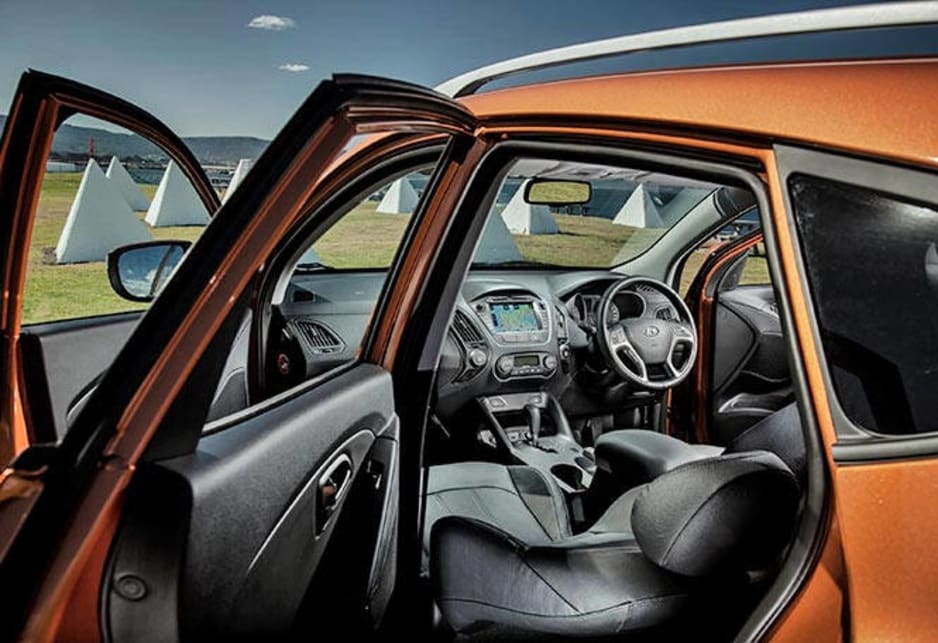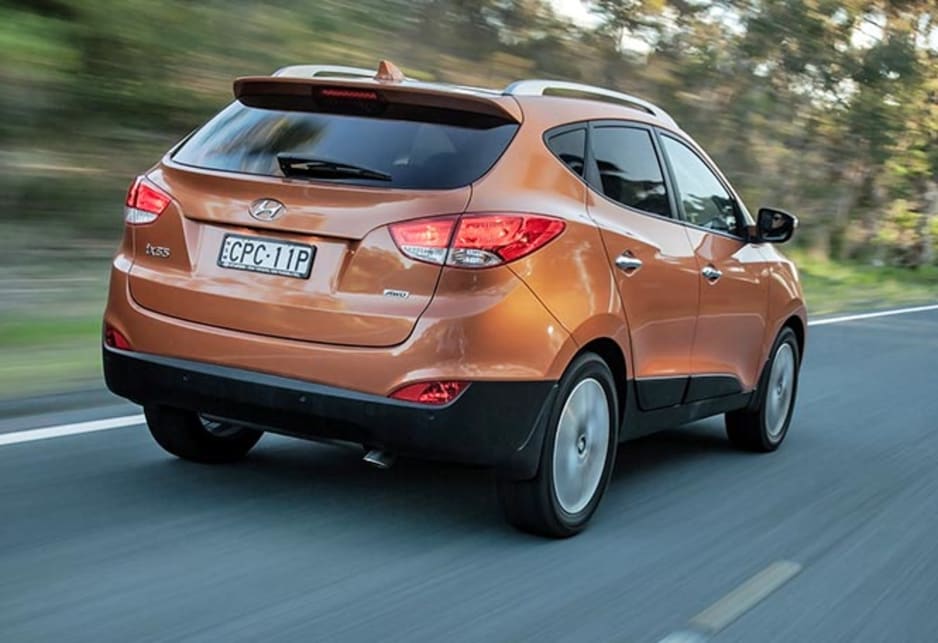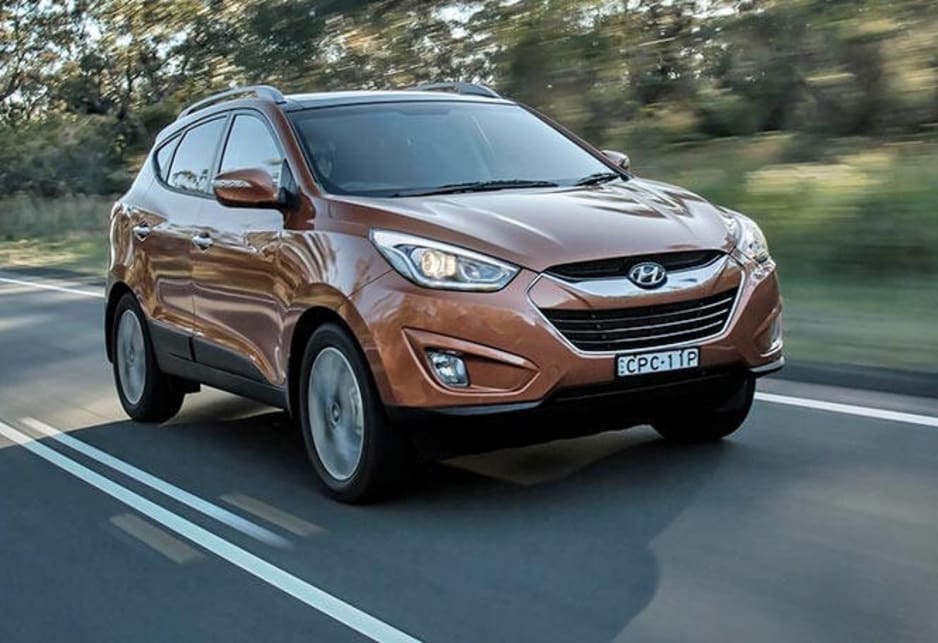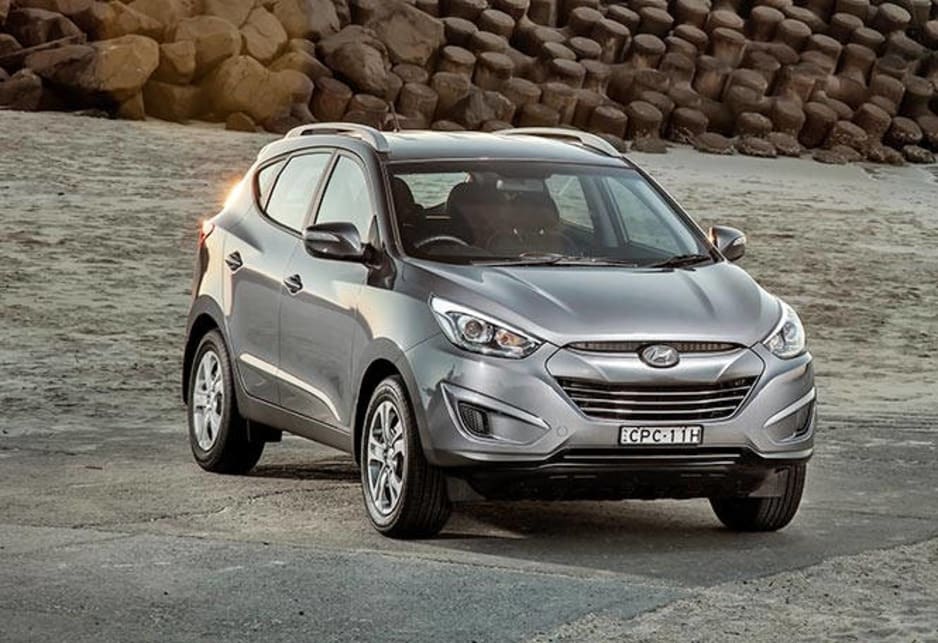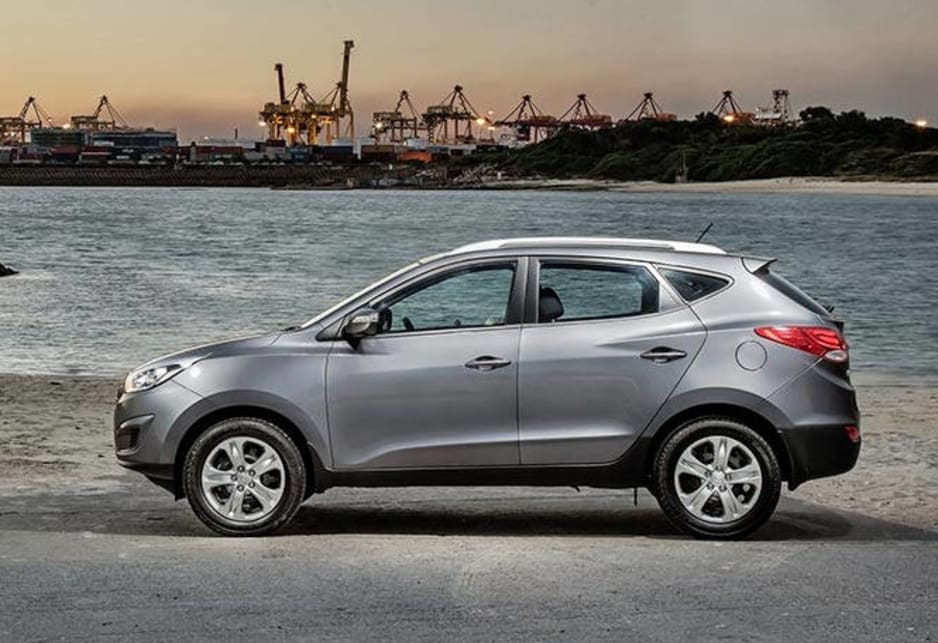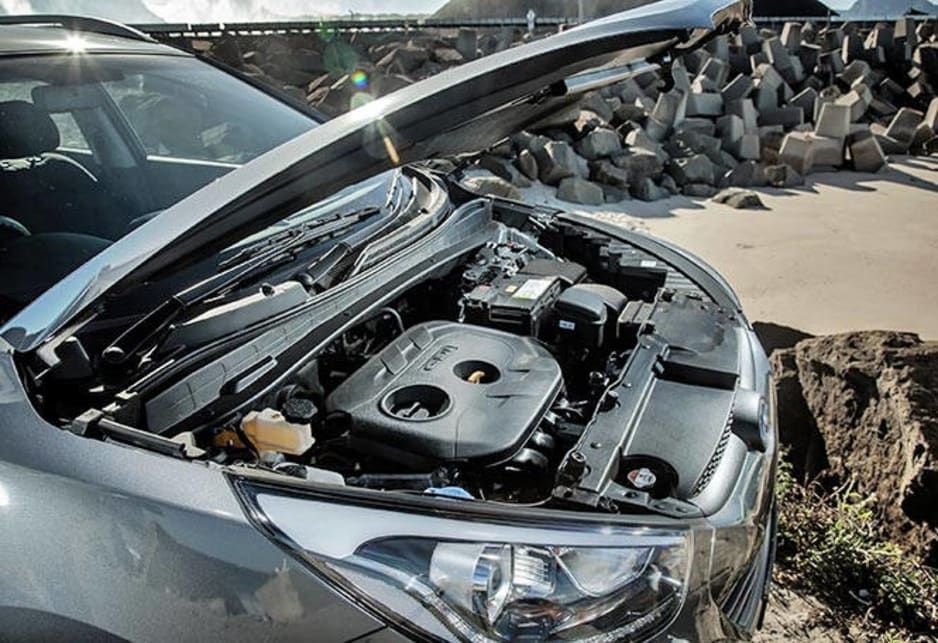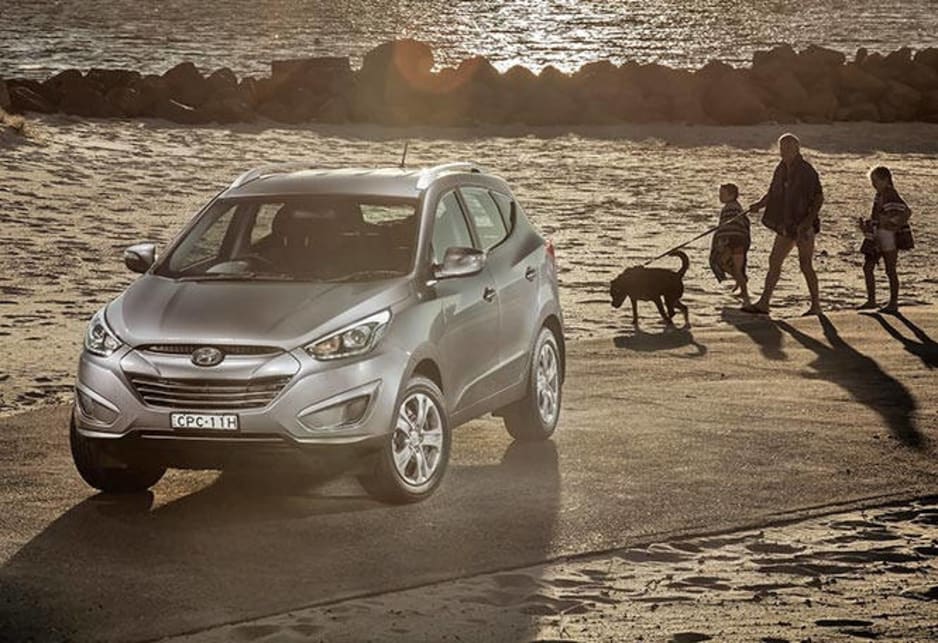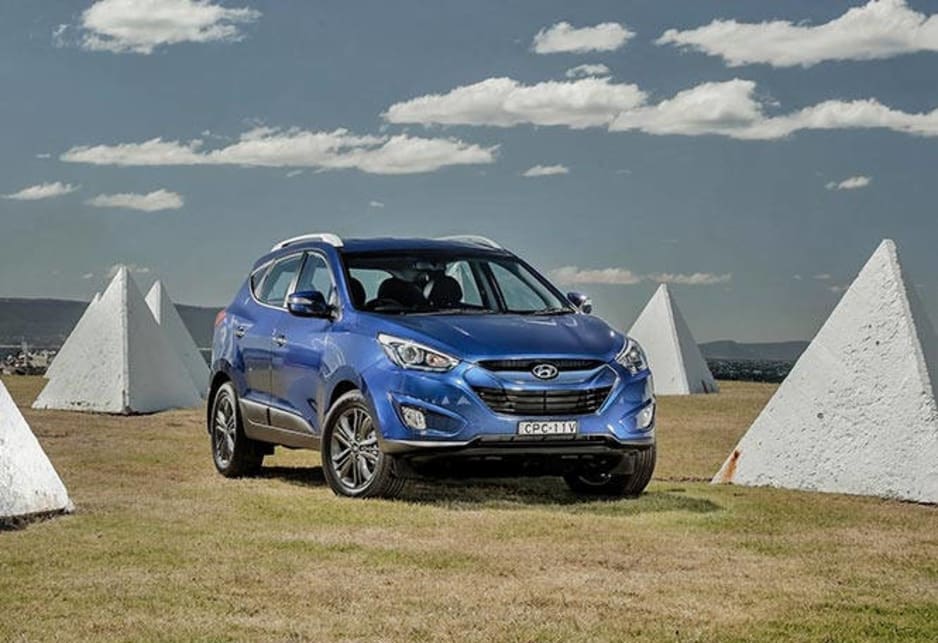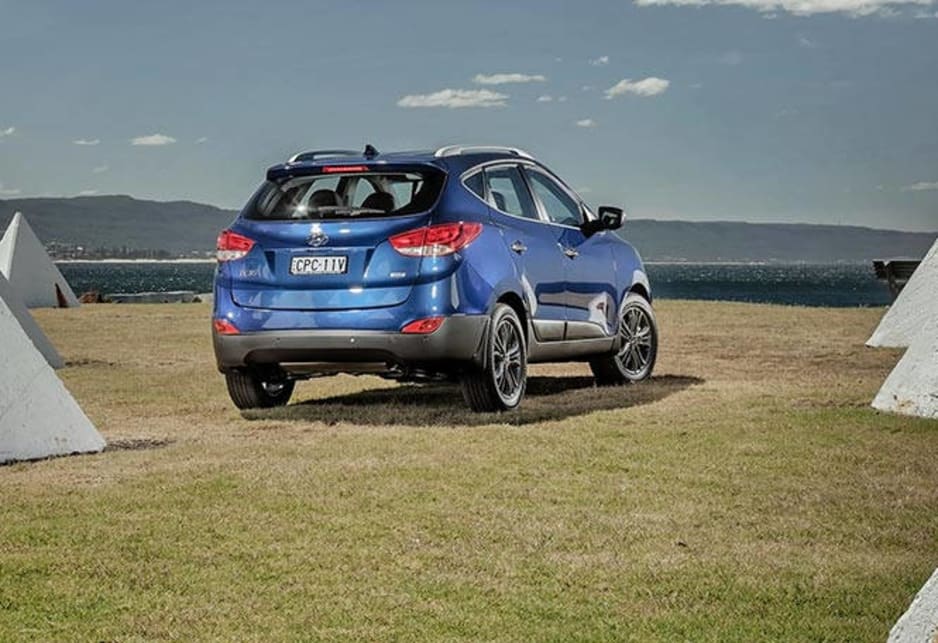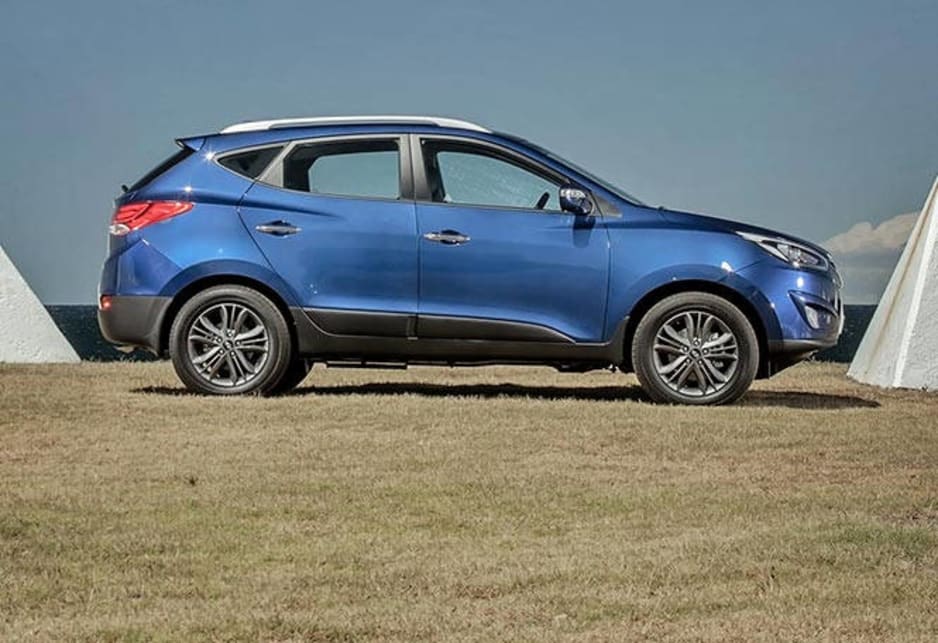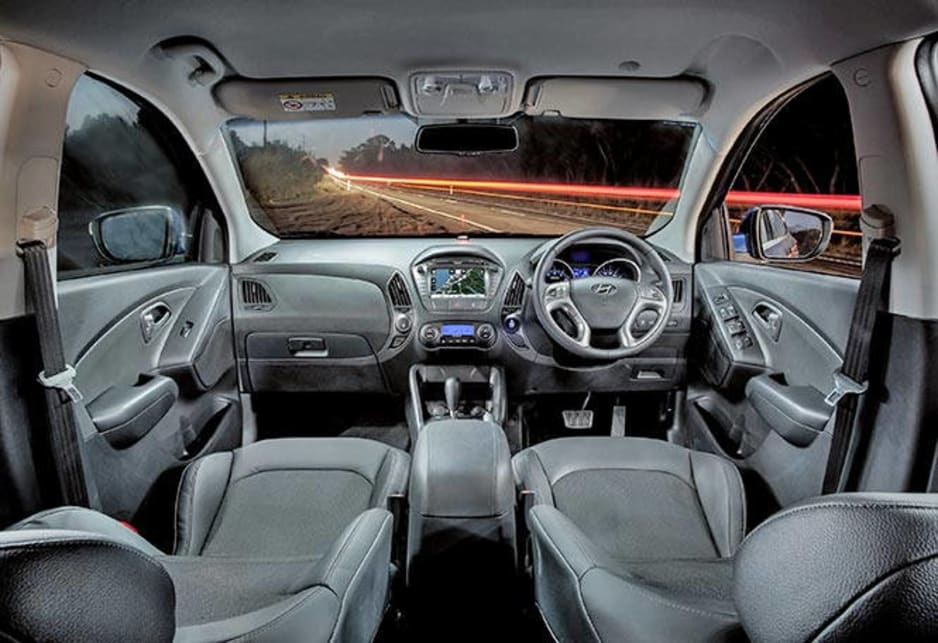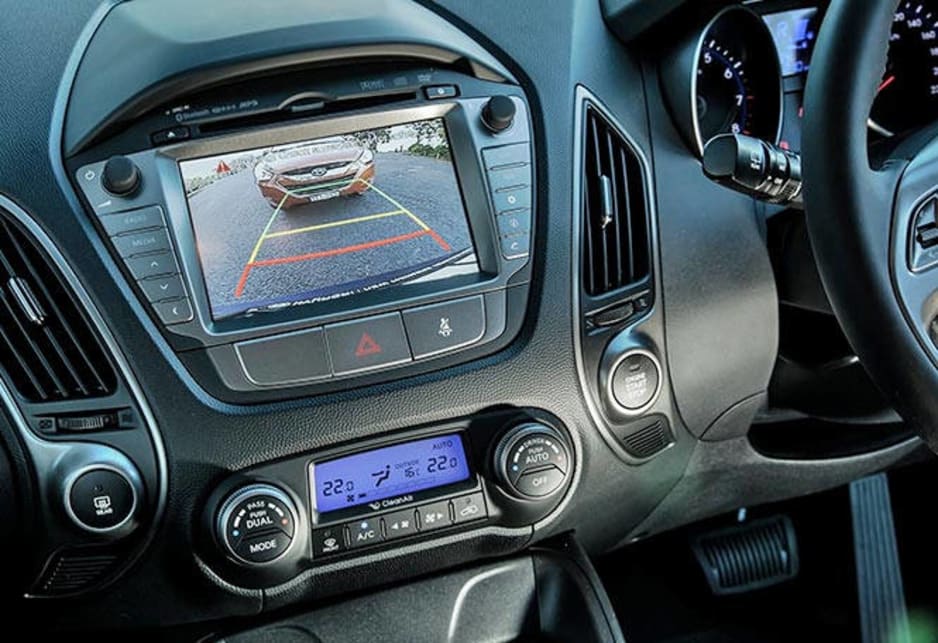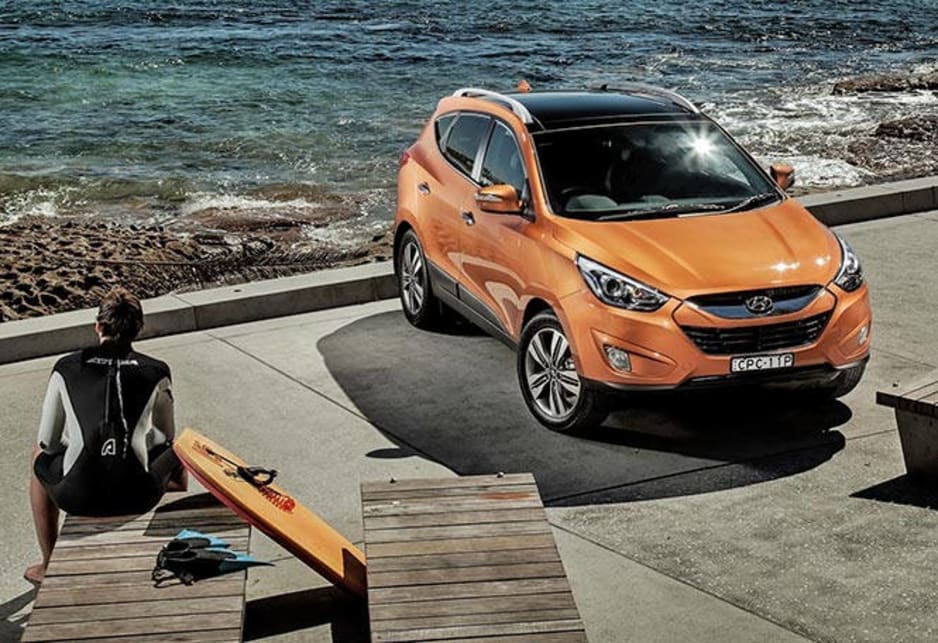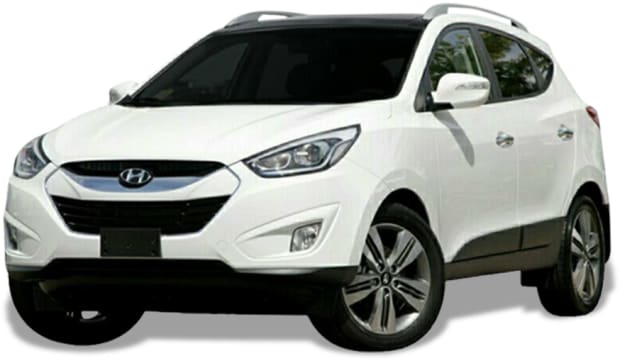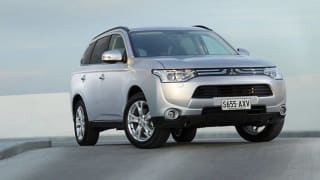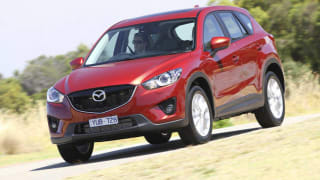It's no secret Australians are buying SUVs in record numbers but did you know that this year, for the first time ever, passenger car sales have fallen below 50 per cent of the market?
With two months of the year remaining, passenger car sales stand at 49.8 per cent of all new vehicle deliveries as SUVs climb into new territory. Sales of small SUVs are up by a massive 22 per cent in a market that is up by 2.6 per cent.
The Hyundai ix35 is one of the driving forces behind this growth. It is the top-selling compact SUV and the second-biggest selling SUV outright (behind the Mazda CX-5 and ahead of the Toyota RAV4).
Demand is so strong for the Hyundai ix35 (sales are up a staggering 66 per cent so far this year) that it's now sourced from two factories: the company's homeland, South Korea, and the Czech Republic, which had spare capacity thanks to a downturn in Europe.
Design
The visual changes to the Hyundai ix35 Series II introduced this month are subtle (there's a new design for the headlights and wheels). Inside, there is some new trim but the overall package remains the same. It's slightly smaller than the Mazda CX-5 and Toyota RAV4 -- and the boot is smaller than this pair but at least it comes with a full size spare wheel and tyre.
Range and price
Explore the 2014 Hyundai ix35 range
There are still four models in the line-up (the $26,990 Active, $30,990 SE, $35,490 Elite and $38,090 Highlander) and a choice of three engines (2.0- and 2.4-litre petrol and a 2.0-litre diesel) which have had a slight lift in power and torque or a recalibration.
The 2.0-litre petrol model is only available in front-wheel-drive but the 2.4-litre petrol and 2.0 diesel variants are exclusively all-wheel-drive.
A rear camera is still not standard across the range and is only available on the top models, which put the ix35 Series II at a disadvantage compared to a number of rivals, some of which are cheaper (Nissan Dualis).
Driving
At least Hyundai has used the opportunity to make welcome improvements to the steering, suspension and the automatic transmission. The Hyundai ix35 isn't meant to be a race car, but even by class standards the previous model was only average for a car of its type, with a soft suspension that, curiously, tended to crash over bumps. The steering was a little too vague and lacked feel, and the automatic transmission was indecisive in certain situations, such as, you know, hills.
The updated ix35 steers better than before (more evenly weighted whether trying to park or navigate a spiral parking station) and the suspension is less brutal on your back over sharp bumps. It's also a relatively quiet and smooth ride.
The top of the range diesel is an entirely pleasant drive but I'd be just as happy with the base model petrol two-wheel-drive, such are the improvements. Unfortunately the tyres remain unchanged. The cheaper models come with a Kumho Solus tyre (either 16-inch or 17-inch depending on the grade) which is fine in the dry but has below average levels of grip in the wet.
The top-line ix35 comes with a Hankook tyre which is also sound in the dry, but its wet weather grip is only marginally better than the Kumho. It may sound like an unusual thing to get wound up about but they're central to how the car steers and feels.
Verdict
Hyundai has made worthy gains in every other area, the next is to get its tyre suppliers to lift their game.
